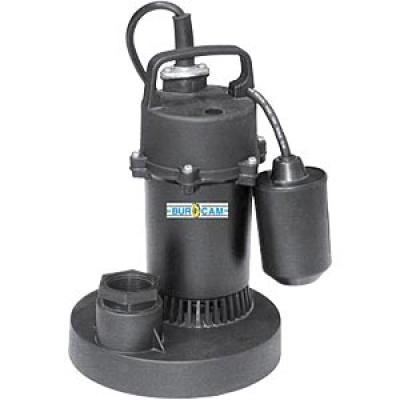Infiltration & Inflow
Currently for every 10 gallons of sewage arriving at the treatment plant, 6.3 gallons is not sewage and of that 3.4 was inflow that did not need to be sent to the sanitary sewer. Studies by the town's consultant, Underwood Engineers, concluded that 60% of all I/I is from private sources, such as homes, commercial, and industrial buildings.
The consultant's study and Public Works inspections indicate that nearly 25% of all buildings have sump pumps, foundation drains or roof leaders connected. Any unpolluted water such as storm, surface water and subsoil drainage does not require treatment and increases cost to the Town. Historically, sewer lines have been an inexpensive method to utilize for the disposal of basement seepage, foundation drains and roof leaders for a property owner, but these practices will no longer be allowed as the ordinance is enforced.
As private inflow is removed over years, pumping and treatment costs will decrease accordingly. The construction costs of the new wastewater treatment plant, operation and maintenance costs will also decrease as total flow to be treated is reduced.
In the next few years sewer inspections will be done in order to identify sump pump connections. Inspections are done with a camera that goes through the lines. Those still connected to the system after the deadline will be subject to fines. See Chapter 15: Sewer Regulations for details.
The Town of Exeter is enforcing the sewer ordinance that prevents residents from hooking items, including sump pumps, into town sewer lines in order to reduce infiltration and inflow (I/I). Inflow and infiltration (I/I) is when storm water enters the sewage system, where it must undergo the same treatment as wastewater. Residents can expect to receive informational packets by the end of May 2011.
Instructions have been added to assist with filling out the Sump Pump removal program questionnaire. We appreciate your cooperation.

